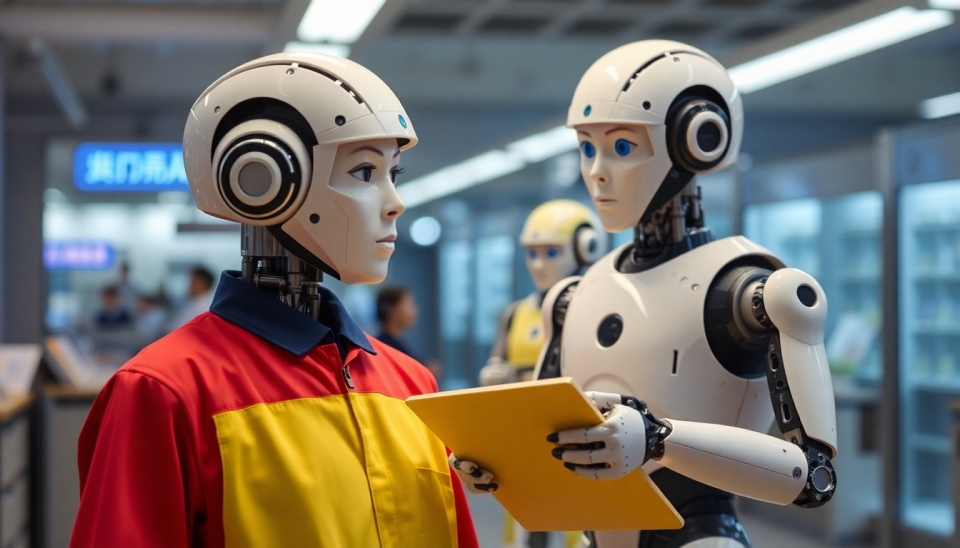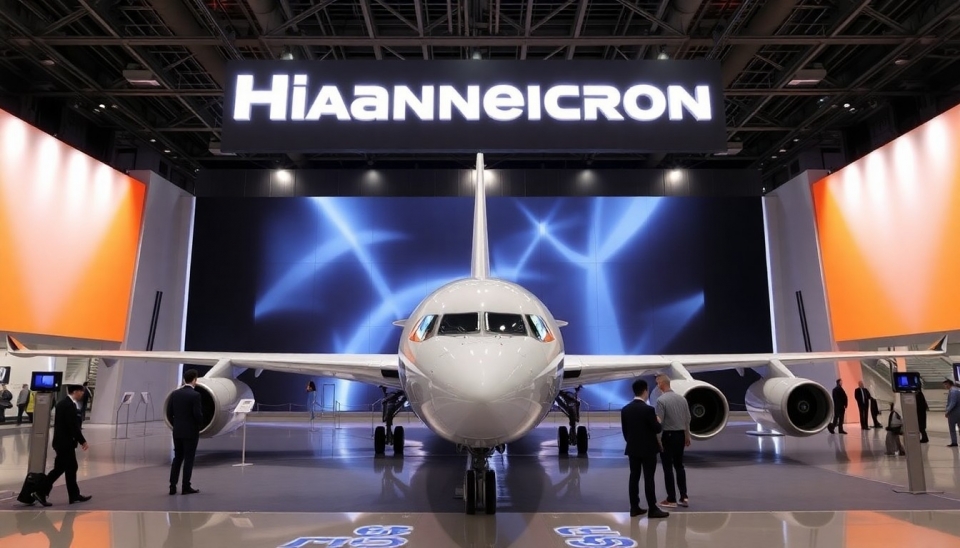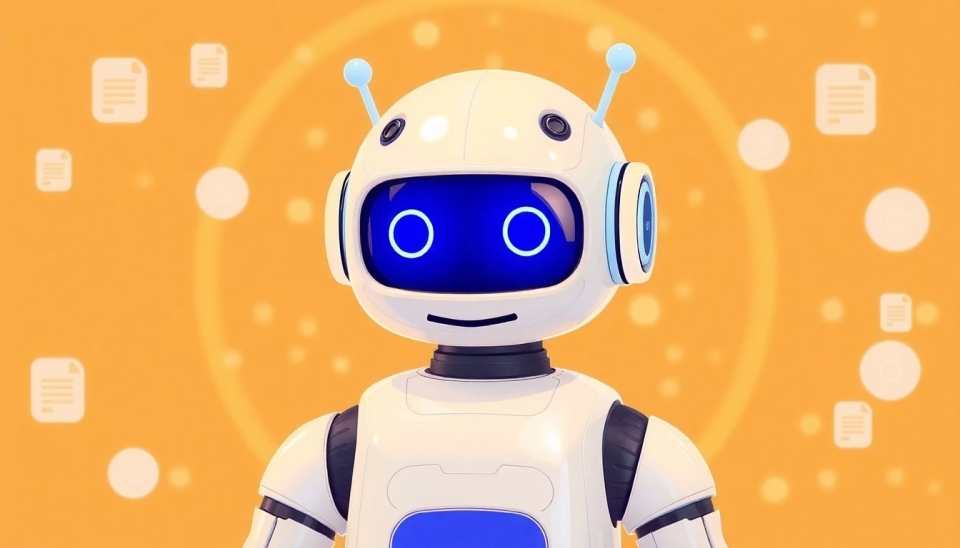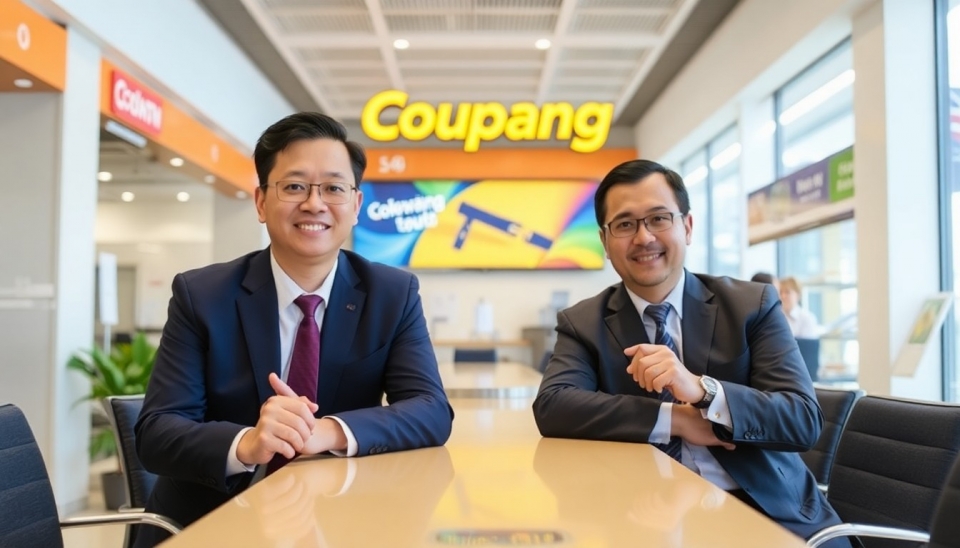
As South Korea grapples with a rapidly aging demographic, the nation is increasingly turning to robots and automation as potential solutions to fill the gaps in its workforce. The nation, known for its advanced technology, is facing significant challenges as its population shrinks and the number of elderly citizens rises at an alarming rate. This transition toward robotic labor is not just a trend but a necessary strategy to maintain economic stability and productivity.
Recent statistical data indicate that South Korea's population is aging faster than that of many developed countries. With a declining birthrate and a growing segment of the population entering retirement, the labor market is facing unprecedented pressure. In response, various sectors are beginning to incorporate robots, particularly in industries like manufacturing and healthcare, to counteract the shrinking pool of available workers. This upswing in automation has opened a dialogue about the implications for job security and the future economic structure of the country.
The South Korean government has been proactive in promoting the integration of artificial intelligence and robotic automation across various industries. Investment in technology has become a priority as authorities seek to encourage innovation and adapt to the evolving job landscape. Initiatives include subsidies for businesses that adopt robotic systems, as well as governmental plans to increase research funding aimed at developing smarter technologies and enhancing existing robotic applications.
Particularly in the manufacturing sector, robots are revolutionizing production lines by taking on repetitive tasks that were traditionally performed by humans. This shift not only boosts efficiency but also helps to alleviate the burden of labor shortages that many companies are currently facing. Furthermore, the healthcare sector is beginning to see significant benefits from robotic assistance, especially in elder care facilities, where robots can help with tasks such as monitoring patients and providing companionship.
However, while the integration of robots into the workforce presents numerous advantages, it also raises important questions regarding economic equity and job displacement. Critics argue that the rapid embrace of automation could lead to a widening gap between those who are able to adapt to this new technological landscape and those who may be left behind. Ensuring that workers are provided with reskilling opportunities has become a crucial aspect of the conversation. The South Korean government is making efforts to establish training programs that prepare workers for roles in an increasingly automated world, but the timeline and execution of these initiatives remain challenged by the urgency of the current demographic crisis.
As South Korea continues to innovate and adapt, the balance between robots and human labor remains a focal point of national policy. The narrative surrounding automation is unlikely to fade, as its necessity becomes clearer in the face of demographic challenges. South Korea’s experience may serve as a crucial case study for other countries confronting similar situations, offering lessons on harnessing technology while ensuring social responsibility.
In conclusion, robots are not merely filling roles in South Korea’s workforce; they are becoming integral components in the fight against the looming challenges posed by an aging society. The ongoing narrative of automation in the workplace will undoubtedly evolve, making it an area worth monitoring in both economic and social contexts.
#SouthKorea #Robots #Automation #AgingPopulation #Workforce #Technology #Economy #ArtificialIntelligence
Author: Emily Collins




